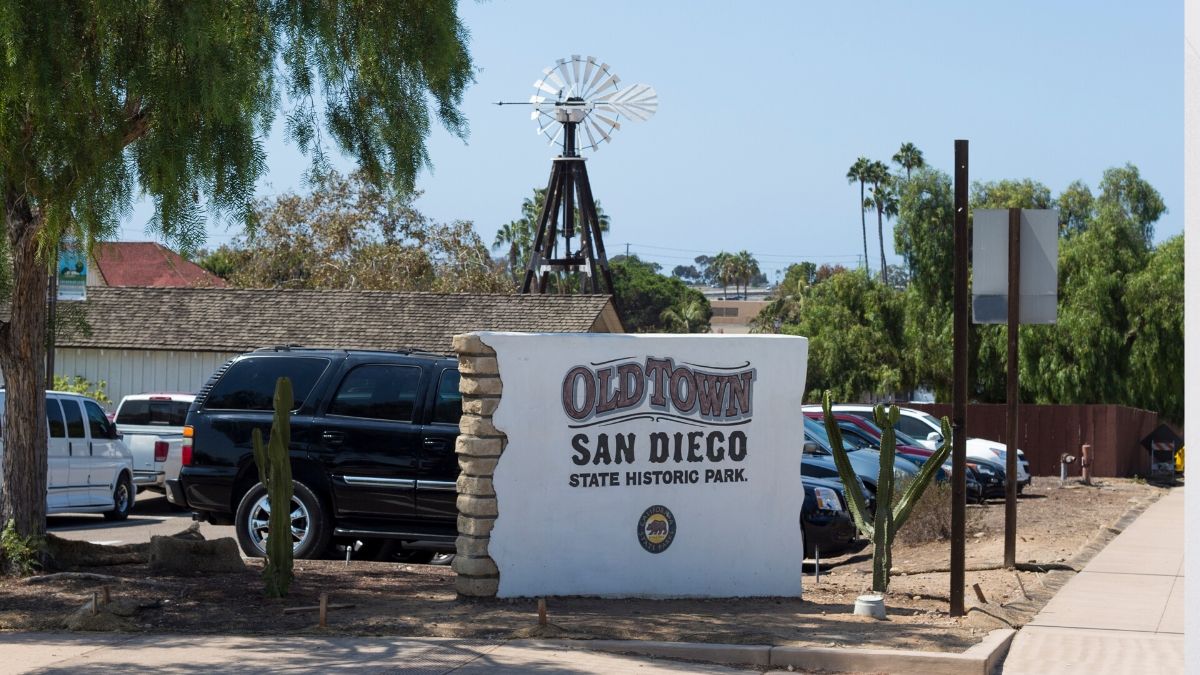
You've probably heard the old saying "you get what you pay for." When it comes to football coaches that tends to be true. Alabama's Nick Saban earns $11.4 million a year, making him the highest-paid coach in college football history ... and arguably the most successful.
The Alabama Department of Tourism estimates the economic impact of college football in the state tops $200 million annually, which might at least partially explain why Saban is also the highest-earning employee in the state.
And he's not the only college football coach who's making incredible amounts of cash. It's big business across the country, which is why it's interesting and encouraging to see what San Diego State is paying new head coach Sean Lewis.
Lewis will earn a base salary of $1.7 million in his first year, a number that will top $2 million if he stays all four years of the contract. Sure, that's not in the same stratosphere as the national powerhouses but it's more than SDSU has ever paid a head coach by $500,000 (Brady Hoke was making just $1.2 million annually when he retired).
Get San Diego local news, weather forecasts, sports and lifestyle stories to your inbox. Sign up for NBC San Diego newsletters.
Hoke was in the bottom third of Mountain West Conference coaches salaries. Lewis is in the top third. That's some much-needed progress if the program wants to be viable. But, the fun part of the Lewis contract is in all the incentives. Of course, you have the typical bonuses for winning that look like this:
- Mountain West Conference (or successor or substitute conference) Title or Co-Title = $75,000
- Participant in Mountain West Conference (or successor or substitute conference) Championship
Game = $25,000 - Two Wins over Top 25 Teams (teams must be ranked in the USA Today or AP poll at the time of
victory) = $75,000 - Bowl Appearances (non-cumulative):
i. Non-College Football Playoff (CFP) Bowl with payout less than $1,500,000 (ex. the Frisco Bowl) = $50,000
ii. Non-CFP Bowl with payout greater than $1,500,000 (ex. the Holiday Bowl) = $75,000
iii. Qualification for CFP First Round = $150,000
iv. CFP Quarterfinal Participant = $200,000
v. CFP Semifinal Participant = $250,000
vi. CFP Final Participant = $300,000
vii.Win CFP National Championship = $400,000 - Win over highest CFP-ranked Mountain West team = $25,000
- Final Ranking in Top 15 in USA Today Coaches Poll or AP Poll = $50,000
- Final Ranking in Top 16-25 in USA Today Coaches Poll or AP Poll = $25,000
- Mountain West Conference Coach of Year (or successor or substitute conference) = $15,000
- Named National Coach of Year = $25,000
But then there are incentives for what a coach is really supposed to be doing, which is building well-rounded student-athletes. Lewis also has several potential monetary boosts if his players do well in the classroom:
- Team cumulative GPA above 2.80 = $10,000
- Annual Academic Progress Rate (APR) above 950 or 4-year Average APR above 940 for the Football Team during any year of the Term = $15,000
There is also a $10,000 boost if one of his players is named a 1st team All-American or wins the Heisman Trophy.
Local
Even if Lewis hits none of these plateaus and only earns his base salary he'll be earning more than three times the amount that San Diego State University President Adela de la Torre (a shade under $500,000 annually) makes, which begs an interesting question.
Why would a school pay its football coach close to four times the amount it pays its president?
That's a lengthy debate, but one potential short and easy answer is the market drives the price and sports across the country are as popular as ever so coaching salaries have skyrocketed. According the USA Today, college football coaching salaries in 2014 averaged $2.7 million annually. Then the new College Football Playoff system was implemented, adding billions to the pot. Schools wanted a piece of the ever-expanding pie so they started paying coaches more to get them there and in 2023 the national coaching average is $5.5 million a year.
There's also a prestige factor to consider, even for schools that aren't in the Power 5 structure like San Diego State. A successful athletics program tends to raise the profile and popularity of a university.
According to the Sports Business Journal, the year the University of Cincinnati went to the College Football Playoff as a member of a Group of 5 conference, athletics department revenues soared 34%, reaching an all-time high. In the year following the Bearcats run to the Cotton Bowl, the university reported a 22% increase in applications from prospective students.
The Aztecs have enjoyed this phenomenon themselves.
In 2011 school applications were at about 60,000 per year. Then the basketball program went to its first Sweet 16 in the NCAA Tournament, starting a long run of on-court success and increased interest in the school. In 2023, as the Aztecs reached their first Final Four and played in the national title game, applications topped 100,000.
More applications means a school can be more discerning in its student selection, potentially leading to a higher academic standing, which is what any institution of higher learning is striving for.
If SDSU's football team can have anything close to that level of success (and with next year's CFP expansion from four to 12 teams it's more possible than ever) then paying for Coach Lewis could very well pay for itself, and then some.



